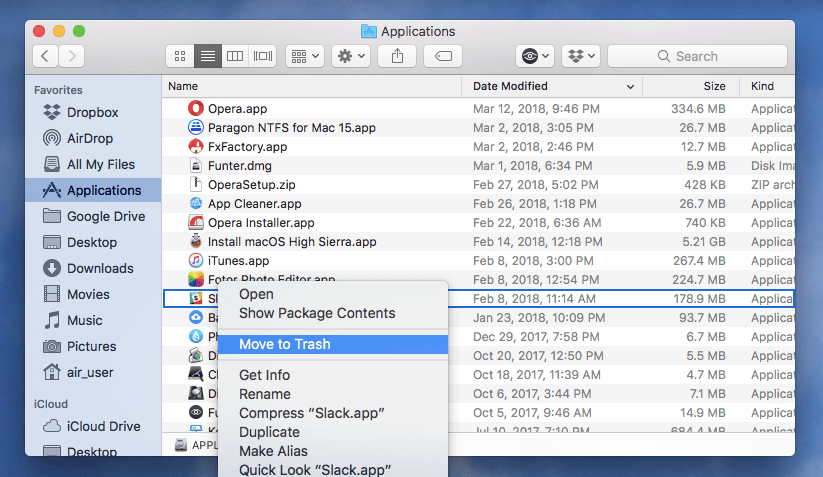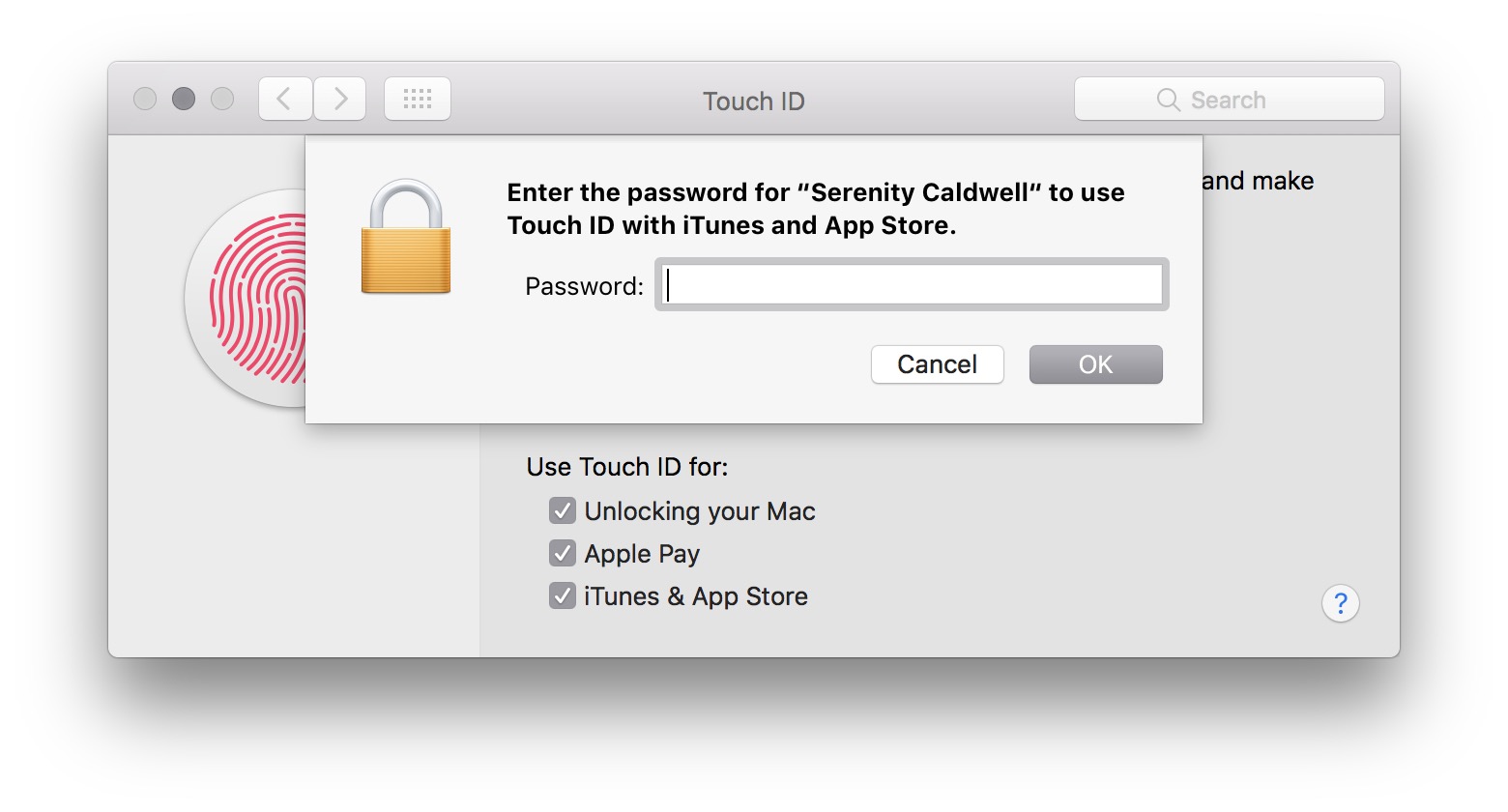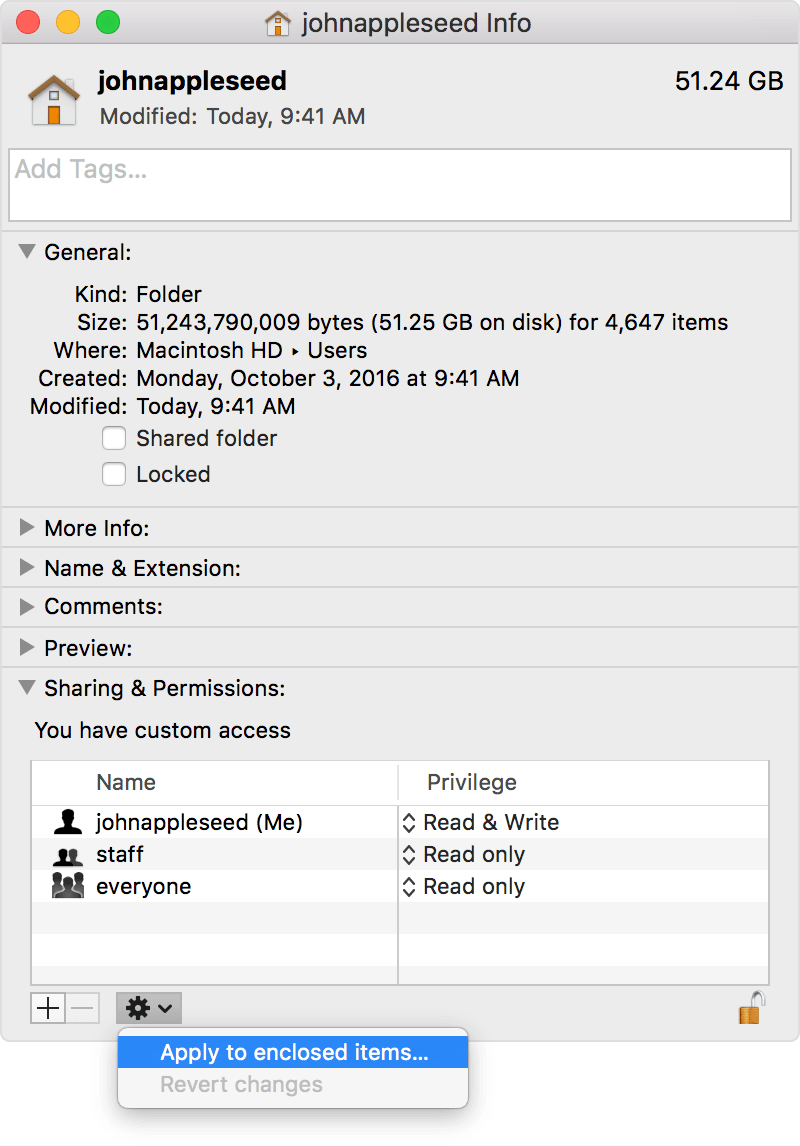고정 헤더 영역
상세 컨텐츠
본문
Ask iLounge offers readers the opportunity to get answers to their iPod-, iPhone-, iPad-, iTunes-, or Apple TV-related questions from a member of the iLounge editorial team. We'll answer several questions here each week, and of course, you can always get help with more immediate concerns from. Submit your questions for consideration using our. We reserve the right to edit questions for grammar, spelling, and length. Q: I’ve been a Windows PC user since 1994.
I recently purchased my first Mac—a late 2011 13” MacBook Pro—that I use primarily like one would use an iPad. I have already copied my music, videos and photos to the Mac but so far I’ve been hesitant to use it for actually syncing my iPhone and iPod classic. Obviously, syncing with a portable, always-on Mac would be more convenient than powering up an old Windows desktop, but I have a couple of concerns 1. Barring significant price reductions or an increase in my income, it’s highly unlikely that my next computer will be a Mac. Given that a Mac and PC use different hard drive formats, how difficult would it be to batch-move my personal files back to a PC (either from the Mac or from an external backup drive)? I get the impression that Apple goes to greater lengths to protect users from themselves, with the unintended result of locking the user’s data inside Apple’s walled garden.

Is this an accurate impression or am I just not familiar with the Apple way of doing things? I guess what I’m asking is if the convenience of being able to sync with a portable Mac will be worth the hassle of committing hours to learn the ins and outs of an OS that I may never use again should my MacBook need replacing? - Paul A: How difficult this will be depends largely on how your music library is organized now and how concerned you are with preserving your own file system organization versus simply letting iTunes organize those files for you. The first thing to keep in mind is that iTunes is basically the same application on both Mac and Windows. Although there are a few subtle differences, if you’re familiar with the Windows version, you should be able to pick up the Mac version without any difficulty at all. The key problem when moving an iTunes library between the Mac and Windows OS isn’t even the hard drive format (i.e.
HFS+ vs NTFS) but rather the way that the two different operating systems refer to the file systems. For example, Windows uses drive letters while Mac OS X uses drive names, Windows uses backslashes in path names, while OS X uses forward slashes (/) and so forth. Since iTunes stores the full paths to the media files and apps in your library, this means that you can’t just copy the iTunes library database between a Windows PC and a Mac and expect it to find the files—even if those files are on an external hard drive or network drive that you’re sharing between both machines.
I have all of my music on an external hard drive formatted to ntfs. Or add songs on the external since Mac OS will not write to an NTFS drive. To the library when you add them to the music folder, the problem with that is. More ways to shop: Visit an Apple Store, call 1-800-MY-APPLE, or find a reseller.

Put simply, if iTunes has stored a file in “D:Music” on your Windows PC, Mac OS X won’t have any idea how to actually find that file since it has no idea what “D:Music” means. However, there actually is a workaround to this problem if iTunes is managing your file system for you. When iTunes cannot locate a file in its specified location it will fall back to looking in the default location for that file—that is, the location where iTunes would normally place the file in your iTunes Media folder during import. By default, your iTunes Media folder is located under your main “iTunes” folder on your internal hard drive—normally under your home “Music” or “My Music” folder. However, you can set the location of your iTunes Media folder to anywhere on your computer, or even on an external hard drive or network share.
This option is found under the Advanced tab in your iTunes Preferences. Also take note of the Copy files to iTunes Media folder when adding to library option in this section; when importing new files into your iTunes library this option determines whether those files are copied into your iTunes Media folder or simply left in their original locations and referenced from there. Note that this only applies to importing existing media files—content you download from the iTunes Store or import from CD will always be placed in the iTunes Media folder regardless of this setting. Within the iTunes Media folder, iTunes organizes your files into a hierarchical sub-folder structure, with the first level of folders organized by content type (e.g. Music, Movies, TV Shows, etc), and then sub-folders specific to each content type (e.g. Artist/Album for music, Show/Season for TV shows, etc). As long as everything is in its “proper” location within the iTunes Media folder, then you shouldn’t have any problem migrating your iTunes library between the Windows and Mac OS X operating systems; when iTunes can’t find your files in their specified paths—because those paths have no way of existing on the other OS—then it simply goes and looks in the iTunes Media folder, finds the file where it’s supposed to be, and updates its location.
This entire process is transparent; iTunes will simply pick up the files in their new location without any prompts or warnings. If you haven’t had the Copy files option enabled in the past, then you may need to “Consolidate” your library to make sure everything is in its default locations. You can find more information on how to do this in our guide to. Note that it doesn’t hurt to run the “Consolidate” option anyway if you’re unsure, as it will just leave anything along that’s already properly organized. In regards to your second question about “lock-in,” the fact is that if you’re already using iTunes on Windows, moving over to the Mac version makes virtually no difference; iTunes is essentially the same application on both platforms, and other than the inherent OS file system differences, your data and files will be stored in the same manner on either operating system. ITunes prefers to organize your files into its own specific folder and naming structure, but the structure it uses is reasonably logical and at the end of the day they’re still just stored as standard files on your hard drive. Ultimately, moving back to iTunes for Windows should be almost trivial as long as you let iTunes keep your library organized for you.

In fact, you could theoretically use an external hard drive and move back and forth regularly between the Windows and Mac versions of iTunes, although it’s probably a better idea just to stick to a single operating system for consistency. 1 Jesse, it seems that you may have glossed-over the question about being able to migrate from a Mac back to a PC someday. It’s really not so simple to move a Mac iTunes library to Windows (even just the native media files, aside from the library stuff). The problem lies in each OS’s ability to write to (and read) a particular hard drive format. In order to transfer files from a Mac to PC you need to be able to write from the Mac to something the PC can read.
The only disk format that can be written to by a Mac and read by PC is FAT32, unless you use specialized software for the Mac (to write to NTFS) or PC (to read HFS+). The problem with FAT32 drives are the limitations on individual file size and formatted capacity. If you have purchased HD movies and/or have a large library you could have a tough time using a FAT32 drive to transfer from Mac to PC. Perhaps you can elaborate on some of the ways to accomplish this, and which is best? Posted by rockmyplimsoul in Toronto on July 13, 2012 at 5:01 PM (CDT).
1 Use exFAT instead of FAT32 to make an external HD compatible to both Windows and Mac OS without the limitation of FAT32. One important thing to remember is to be sure to format it on Windows. I’ve used this approach to help my friend copy files back and forth with his PC and Mac. I don’t use this method. I have 10+ Windows 7/8 PCs and several Macbook Pros at home, and I use my 10 TB RAID-6 (it’s not a typo it is 6) NAS as my personal cloud to share files between two platforms. This NAS also natively shows up as a Time Machine drive so I also use it to backup my Macs to it rather than using an external HD.
How To Fix If Itunes And App Store Not Working Ntfs For Mac Free
Posted by Im-a-PC and-now-a-Mac II in Toronto on January 10, 2013 at 12:35 AM (CST).




